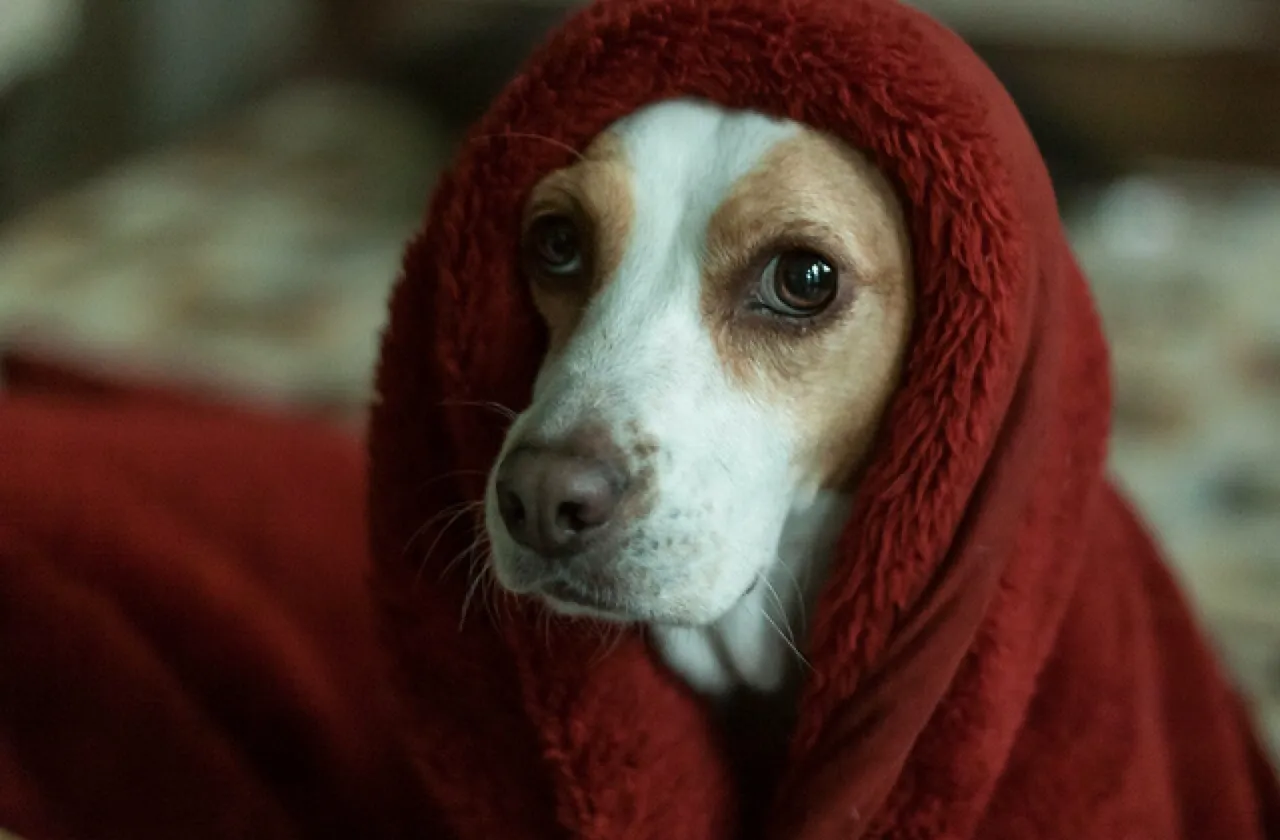Key Takeaways
- Dogs experience anxiety because of their hypersensitive hearing or due to certain situations.
- If your dog is afraid of thunderstorms, try a ThunderShirt or systemic desensitization therapy.
- If fireworks scare your dog, create a soothing environment before the noise starts.
- Dogs prone to separation anxiety may benefit from doggie daycare or a canine companion. ‘
- Some dogs have social anxiety due to lack of early socialization.
Summer is a season for rest and relaxation, but often humans fun can affect our four-legged family members.
Calming a dog down involves learning how to diffuse your pet’s particular type of anxiety. Dog anxiety typically results from one of two common factors.
- Canines’ hypersensitive ears have almost twice the range of human hearing, causing loud or deep noises to affect them more.
- Other dogs have anxiety that is situational, caused by being left home alone or interacting with other dogs.
While it’s difficult to let your dog suffer, sometimes physically comforting the animal can do more harm than good, as it provides positive reinforcement for a fear response. In severe cases of dog anxiety, medication or behavioral therapy may be necessary; see your vet for any sudden changes in behavior.
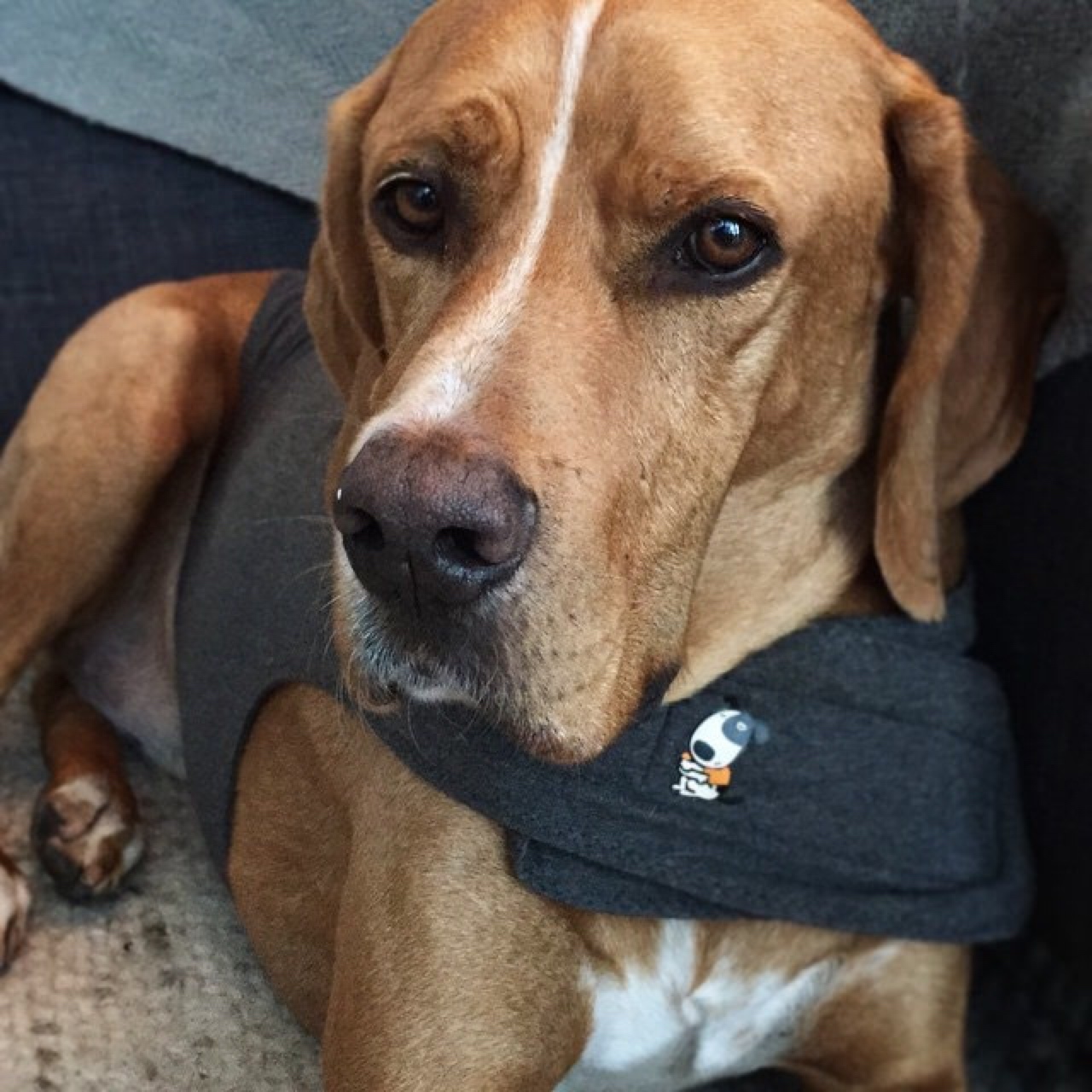
Thunderstorms
Dogs’ fear of thunder is well-known; a survey by pet outwear manufacturer ThunderShirt estimates over 17 percent of dogs suffer from a noise phobia. Why are dogs afraid of thunder? Animal behaviorists haven’t narrowed down which part of a thunderstorm unnerves dogs the most – flashes of lightning, thunder rumbling, or severe wind and rain rattling windows. One theory posits pets can feel the drop in barometric pressure or the electrical charge in the air.
Thunder anxiety in dogs may be affected by breed; herding dogs and hounds have a higher incidence of storm phobia. This may be attributable to inbred characteristics like quick reflexes and non-aggression, which lead dogs to repress emotions after an intense reaction to thunder. Pets with a history of abuse or abandonment are also more likely to experience a thunder phobia and more anxiety in general. This may be due to a negative association with the sound of thunder or from lack of socialization. Rescue dogs in particular experience more anxiety due to the high-stress nature of shelters or past traumatic events.
Systematic desensitization therapy is recommended for dogs with noise-association anxiety. This involves recreating the thunderstorm environment on a smaller scale, such as playing thunder booms at low volume or mimicking lightning with a flashlight. The dog is rewarded only when signs of anxiety or fear aren’t present, gradually reducing the sound’s negative association. Always consult your vet before beginning any new lifestyle changes. If therapy is not an option or shows no improvement, medication may be required.
Fireworks
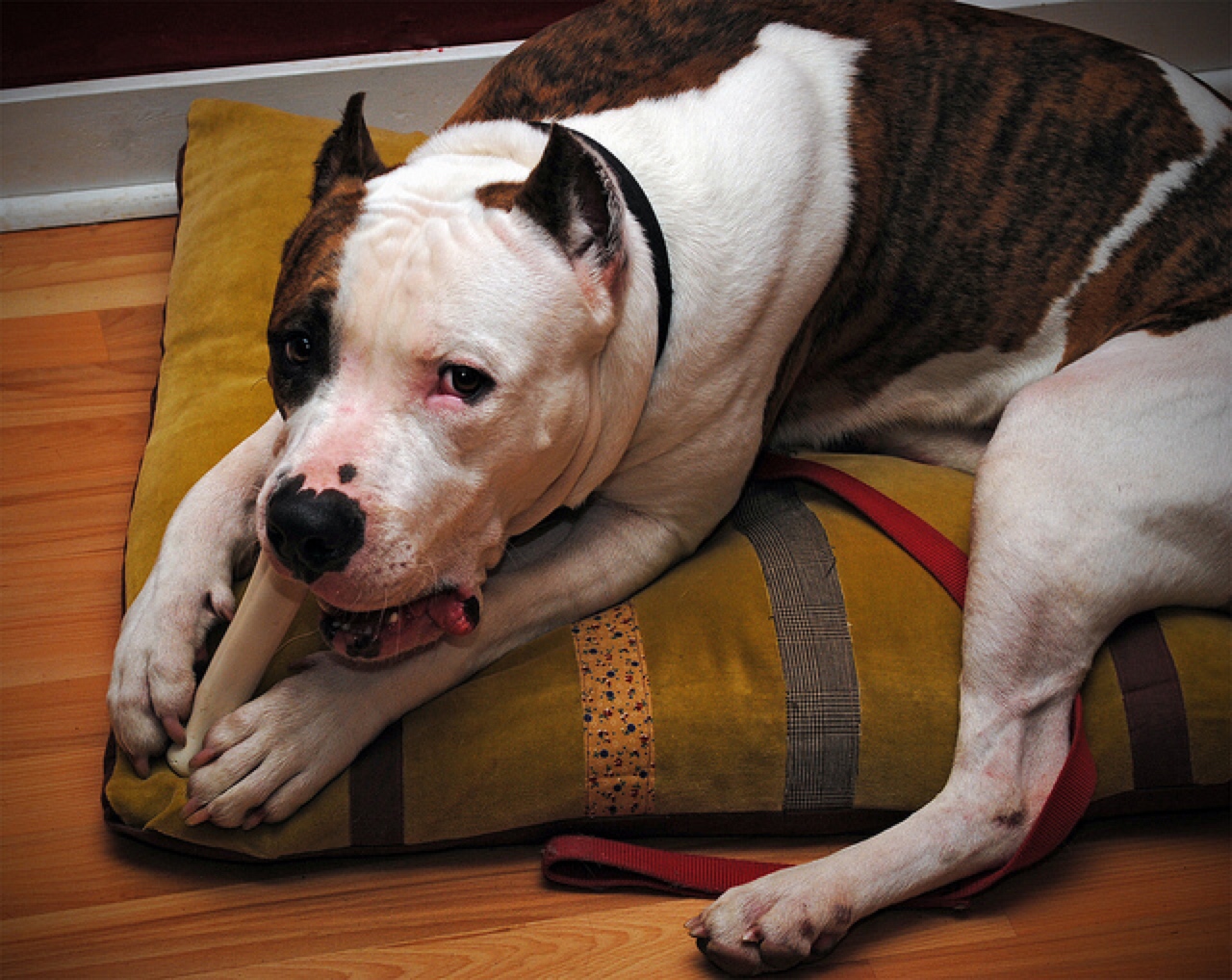
Every 4th of July dogs across the nation cower in terror. Dogs and fireworks are mortal enemies, thanks to the pyrotechnics’ low decibel sound. To human ears, fireworks are a dull whine – dogs hear, see and smell the pretty lights as a mortal danger to them. Dog Whisperer Cesar Milan says a dog’s anxiety response is “a survival instinct,” designed to keep the animal alive in potentially dangerous situations.
Fireworks can be even scarier to dogs than thunderstorms, which at least provide animals with some warning signs of the impending noise. (Remember, dogs feel the drop in air pressure and increased electrical charges that precipitate a thunderstorm.) It is possible to retrain a dog’s natural fear instinct through repeated exposure, as in the previously discussed systematic desensitization therapy. For best results, start when your pet is a puppy and acclimate him to a variety of loud noises including car horns, children yelling, and motorcycles.
If all else fails, try your best to comfort or distract your dog. Before the fireworks begin, create a soothing environment for your pup, including a favorite bed or crate as well as toys. Rawhide chews or puzzle toys can distract dogs for hours, or put on some scientifically-sound music for dogs. If your pet is accident-prone, take a potty break before you settle in or lay some absorbent potty pads down as a precaution.
Separation anxiety
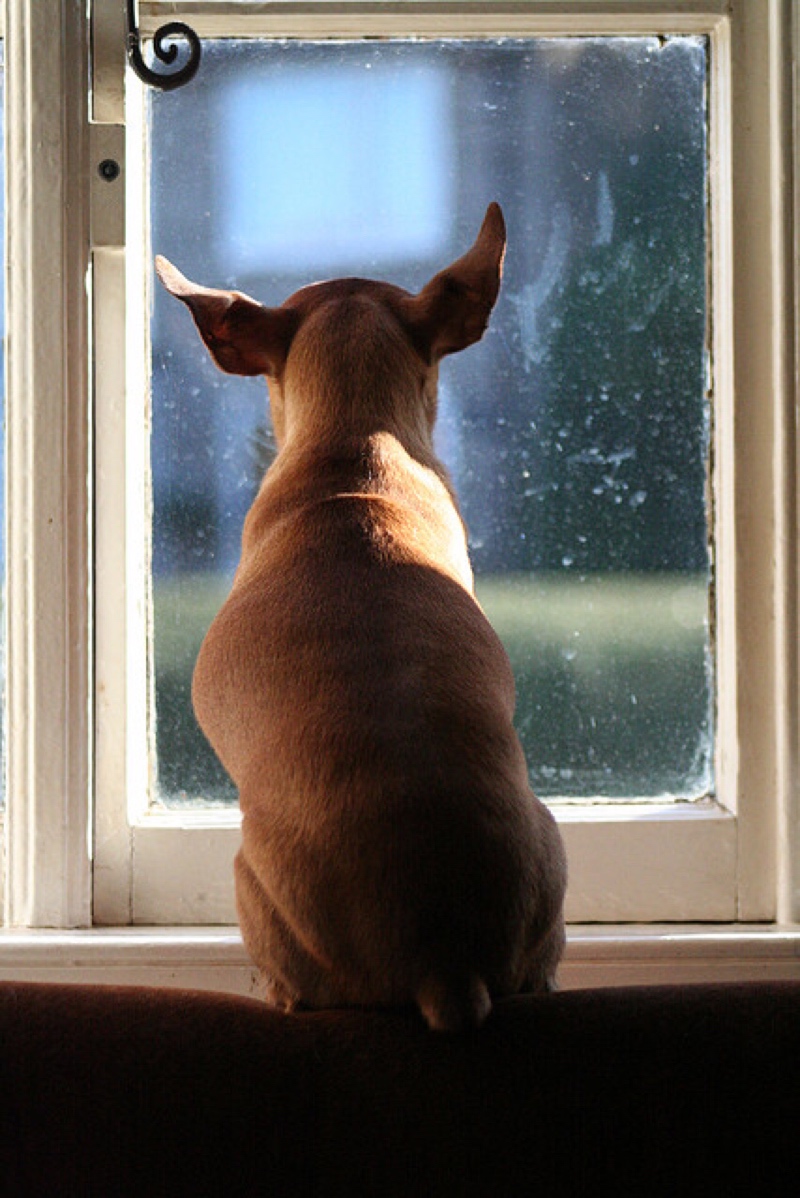
This type of dog anxiety is very common, especially among dogs who were previously surrendered or abandoned. Dogs are very social animals who typically prefer living in “packs,” be the members human, canine or even feline. When a dog with separation anxiety is left alone, he may believe he has been abandoned again; often this results in destructive behaviors as the panicked pet attempts to escape or look outside.
Young, male, mixed-breed dogs are the most likely to develop separation anxiety. Animal behaviorist Dr. Barbara S. Simpson denies any relationship between so-called “spoiling” a pet and the development of separation anxiety, but does note that close dog/pet parent relationships are more likely to result in separation anxiety.
With the rise of the pet-friendly workplace, many pet parents find taking their dog to work solves the issue. Doggy daycare or adopting a canine companion may reduce the feelings of isolation that lead many dogs to engage in destructive acts like soiling the carpet or chewing furniture. A long-term solution involves the pet parent modifying his or her routine; dogs learn and associate behaviors like putting on shoes with leaving the house. Dr. Simpson suggests practicing “graduated departures,” like putting on shoes and then returning to the couch for a while. In an American Veterinary Medical Association study, 62 percent of dogs with separation anxiety improved through simple acts by pet parents – no punishment for destructive behaviors, providing a chew toy before leaving, and increasing exercise.
Social anxiety
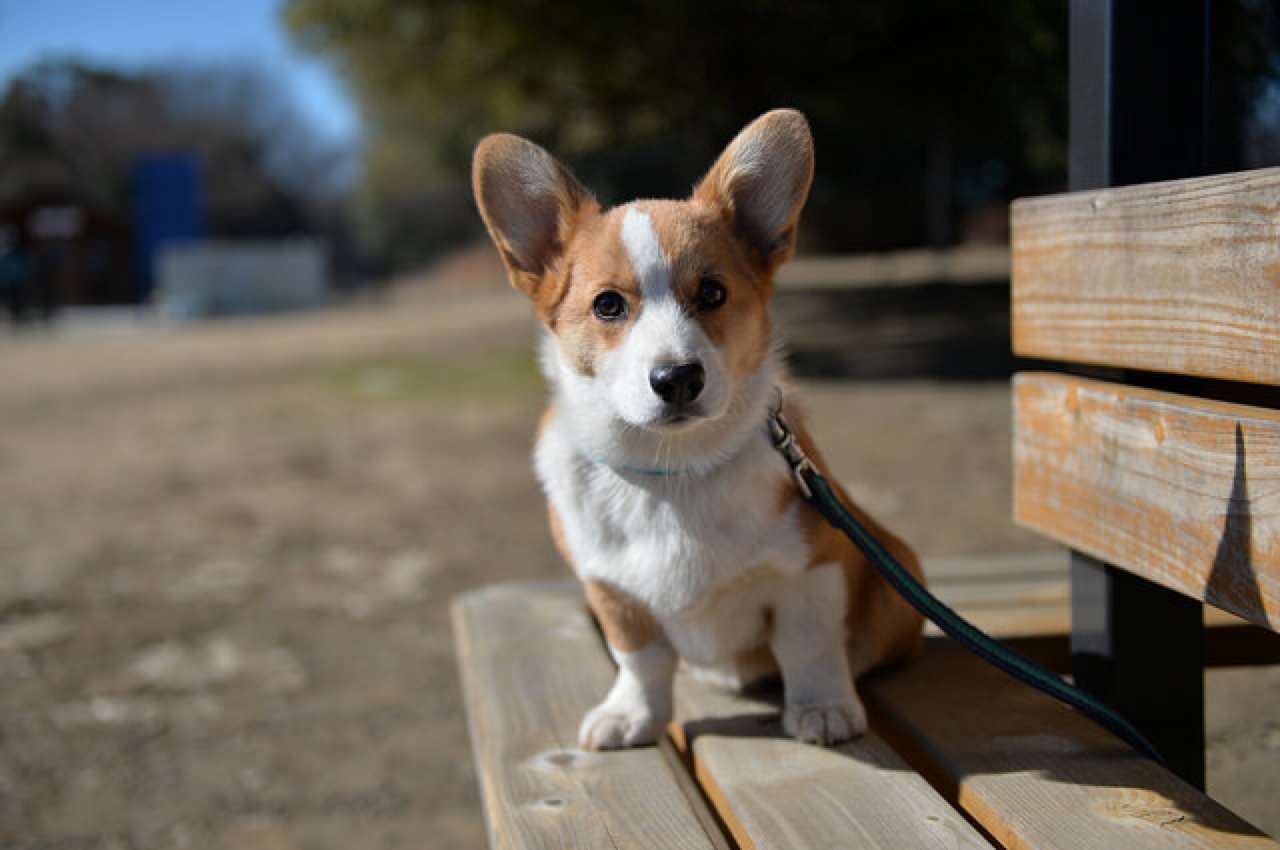
Even dogs find themselves uneasy in some social situations. Just as select pets are aggressive, others are shy and suffer from social anxiety. Often the two overlap – a scared dog is more likely to lash out – with anxiety-related fear leading to aggression. Before placing your pet in an unknown environment, consider how he or she deals with certain stressors. Crowds, children, other dogs, food smells, and loud music are all very stressful for a dog. Symptoms of dog anxiety include trembling, urination, growling, and classic body language signs like a tucked tail, pulled back ears, and avoiding eye contact.
Social anxiety in dogs can be caused by a variety of factors, including a traumatic event like a dog fight. Cesar Milan notes that the issue sometimes relates to poor self-esteem, recommending confidence-building activities and interactions with other dogs. Throw a ball for your pet, giving praise when he returns with it; even providing treats for a successful potty break will boost self-esteem.
Lack of socialization is usually the culprit, says author and dog trainer Victoria Stillwell of It’s Me or the Dog. “When you have a puppy, you have to introduce it to 100 new experiences and all different kinds of people and…dogs in a lot of different environments.” Start slow with adult dogs, gradually introducing stressful sounds and rewarding non-fearful responses. At the dog park, redirection is key to helping your pet stay calm. Introduce a tennis ball or run some obstacles, introducing one dog at a time to your pet. Ask other pet parents with solo leashed dogs if you can introduce your pet one-on-one for a practice round.
